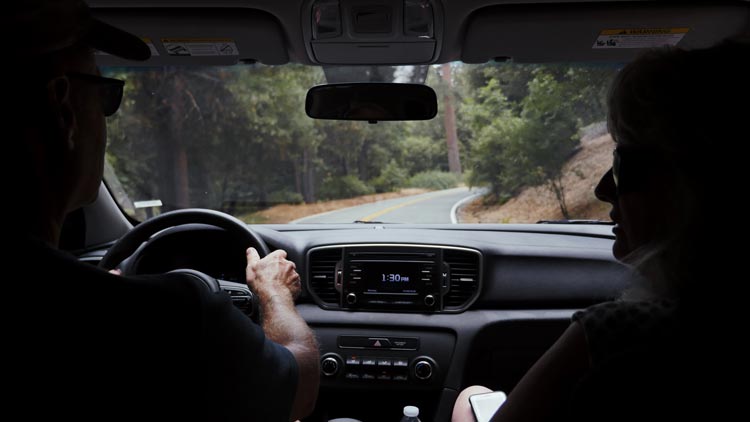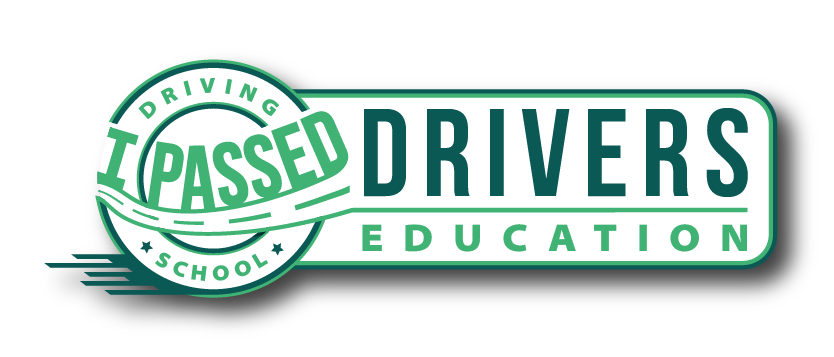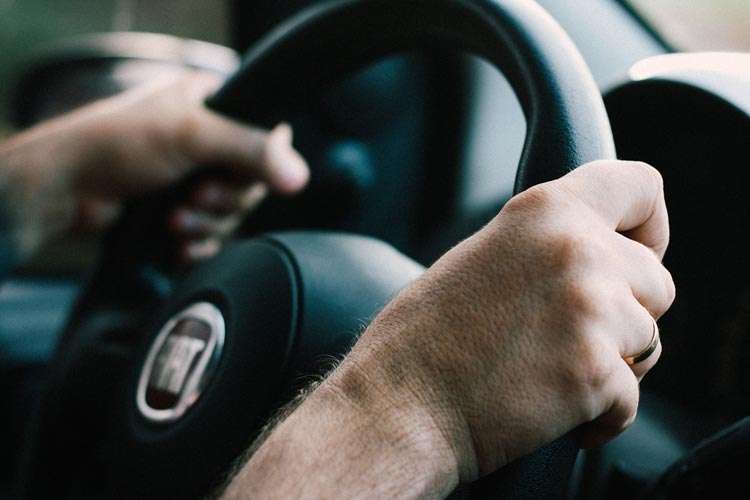Choosing the Right Driving School for Your Teenager
Parents, is there anything more stressful than the thought of your teenager learning how to drive? It’s a scary thought for many parents: Their teenagers learning how to drive and getting their license. The reason why it’s such a scary thought is that parents will always worry about the safety of their children.
Driving is a big first step into adulthood, which makes many parents feel uneasy. However, luckily for parents, you can ensure your child’s safety by choosing the right driving school for your teenager. Here, they will learn all of the ins and outs of driving, including how to be safe while in the car.
Here are some tips to help parents like you find the best driving school for your teenager.
Do Your Due Diligence
Research should be one of the first steps any parent takes when trying to choose a driving school for their teenager. Once you have a list of all of the possible driving schools in the area, check to make sure they are licensed by the appropriate government agency. If you don’t know where to begin, you can ask the DMV for a list of licensed and accredited schools in your area.
Research should also include reading or finding testimonials from other parents. You can ask around in your area and find out where other parents have sent their children and determine whether or not it would be a good place for yours. Make sure to get all of their opinions, and if their child was licensed after taking driving courses, how they feel about them as new drivers.
Check Out the Numbers
You may be able to find the success rate of certain driving schools in Orange County on their website. However, you may have to pick up the phone and make a call to uncover these numbers. No matter the case, you will want to find out their success rate so you can determine which schools have higher success rates and can properly teach your teenager how to drive well and get their license.
It’s always important to keep in mind that success depends just as much if not more so on the student than the driving school. A student must want to learn how to drive and drive safely in order to pass the class and pass their driving test successfully. Because of this, it’s important to have a talk with your teenager before enrolling them in driving school so that they understand the importance of driver’s education.
Visit the Classroom
While many of the important lessons your teenager learns about driving will take place behind the wheel, you must also consider the classroom environment where they will learn. If they use equipment, you will want to note that, since this equipment will help your child learn much easier.
Find out if they have textbooks or if the information is given less formally. Each student learns differently, so if you believe your teenager will benefit from more hands-on training, you will want to look for a behind the wheel driving school that offers more road-time.
Remember, class time is important, too. Students must learn the rules of the road and certain laws in order to drive. While the action of driving may be better learned in the car, laws may be better learned in a classroom environment where the students have time to take notes and understand what they are learning.
You should always ask how long the driving school has been in business and get references so that you can continue to do research and figure out if they are the right match.
Look at the Cars
Many parents don’t consider checking out the cars that Orange county driving schools use. However, assessing the cars will help you determine if the school is ideal for your teenager. If the cars look like they have hit a lot of curbs, you may find that the school isn’t as attentive as you’d like them to be while your child is driving.
You should also make sure that the school has liability insurance so that your teenager is covered in case damage occurs. It’s expected that a new driver may hit a curb in a parking lot every now and then, but that damage should be covered by the school.

Ask About Behind the Wheel
The state of California requires hands-on driving, so most driving schools you research will offer that training in their curriculum unless they are online or not geared towards teenagers or new drivers. Some schools, however, do just the minimum behind the wheel training, while others may offer more. Make sure you get information on how much time in the car the student gets and in what environments.
You will want your teenager to get time on the road, instead of just driving around in parking lots so that when they take their drivers’ test, they will have experience driving in real-life conditions.
Meet the Instructors
Just like your teenager’s teachers in high school, the instructors should be role models. A good instructor may be stricter than your teenager would like, but sometimes that’s absolutely necessary when it comes to learning safety on the road. By meeting the instructors that may teach your teenager, you can get a better idea of the way they teach and determine if they are a good fit for your child.
You should always find out how long the instructor has been on the job and their background.
Find Out Student to Teacher Ratio
You may know about this ratio because of the school, but research suggests learning is much easier in environments where there are fewer students per instructor. This is because the students can have more one on one time and learn in an environment that allows them to be the focus. The same is true for driver’s education. The smaller the class, the better the learning experience.




